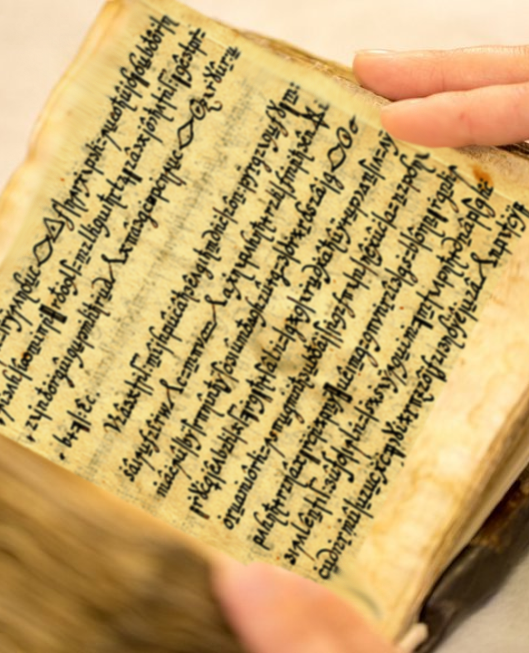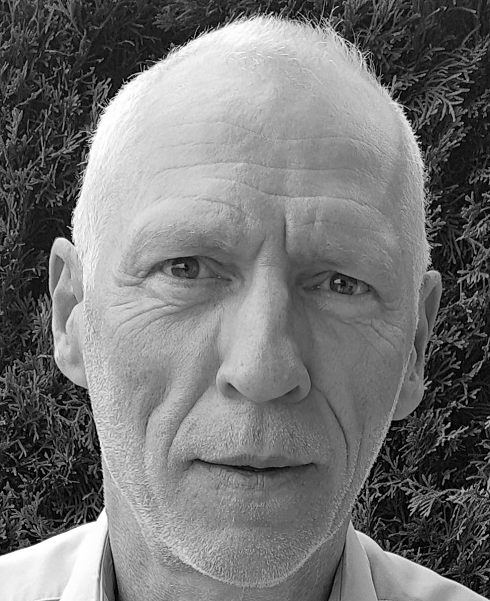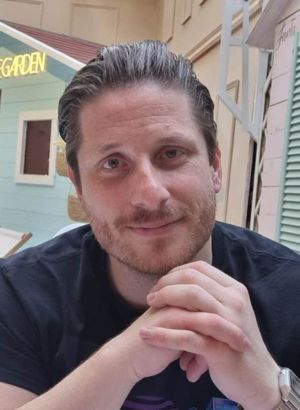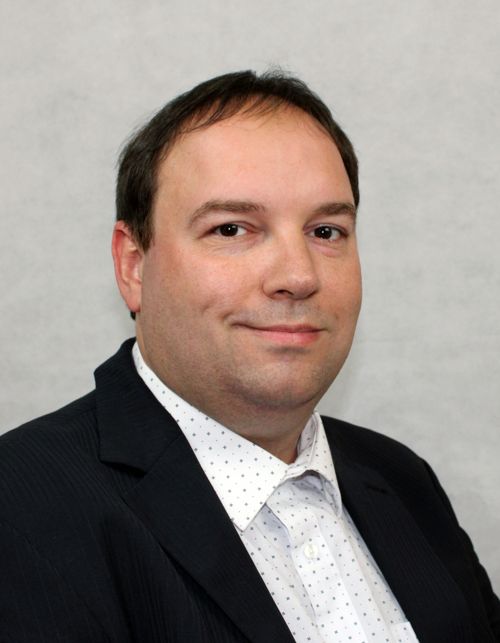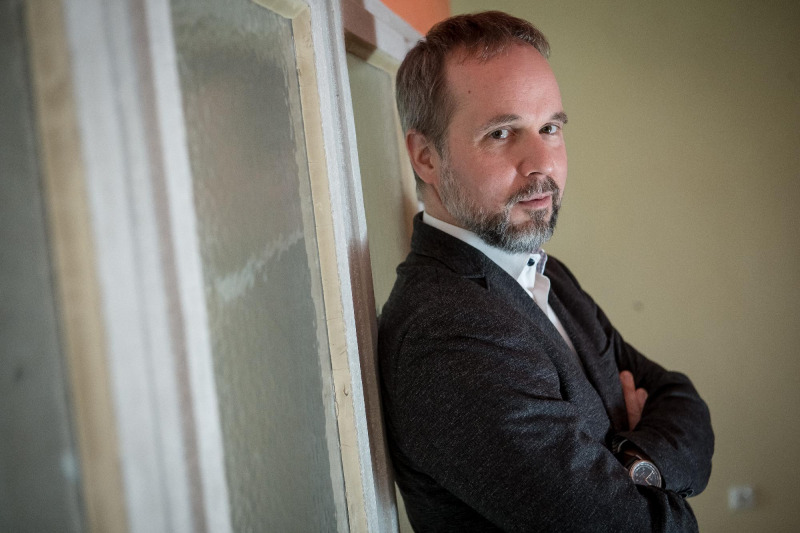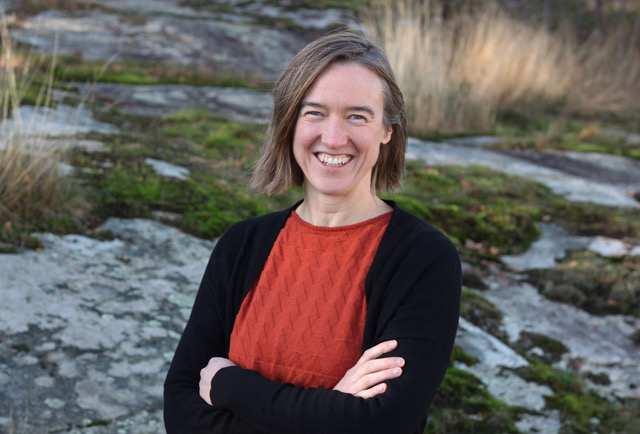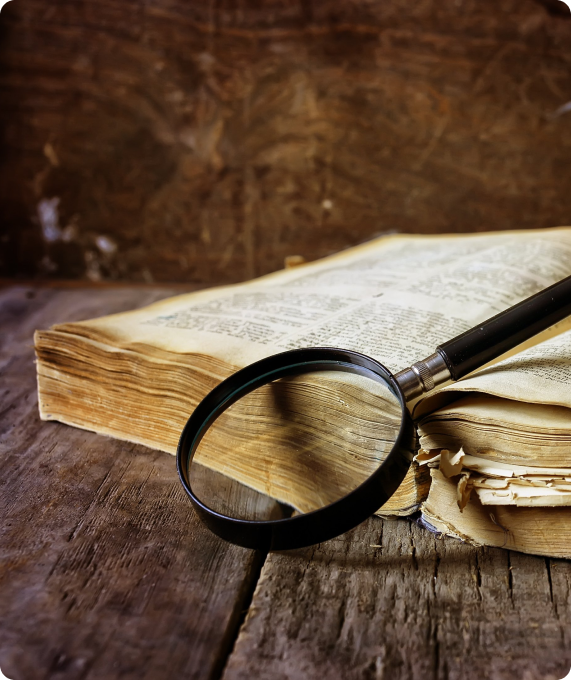Thousands of enciphered historical manuscripts are buried in libraries and archives. Examples of such material are diplomatic correspondence and intelligence reports, private letters and diaries as well as manuscripts related to secret societies. The bulk of these historical manuscripts will remain undeciphered unless we can automate the processes involved in decoding them. Our aim is to develop resources and computer-aided tools for decoding of historical source material by using AI and cross-disciplinary research involving computational linguistics, computer vision, cryptology, history, linguistics and philology.
Within the DECRYPT project, we release resources and tools with open access to facilitate research in historical cryptology, allowing collection, analysis and decipherment of historical ciphertexts. Resources are collections of encrypted sources, and historical texts with language models. The tools facilitate the processing of the encrypted sources from transcription to decipherment. We list our resources and tools below, which are described in our scientific publications.

